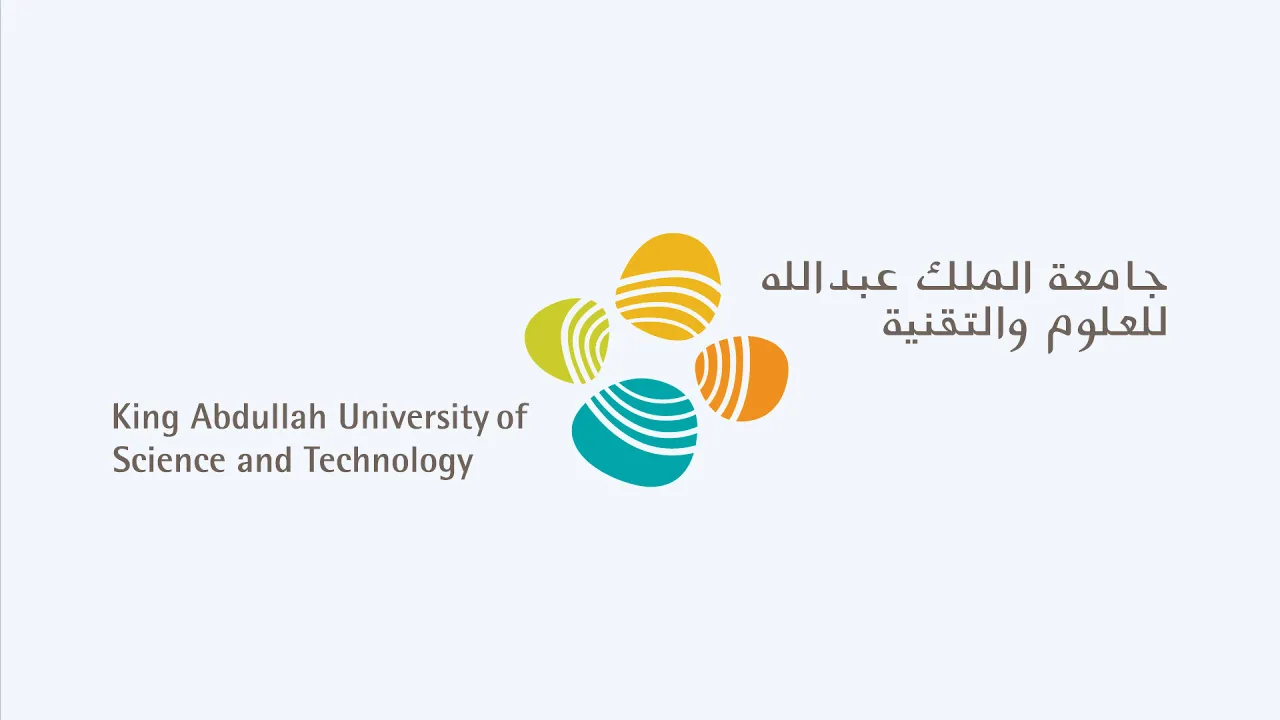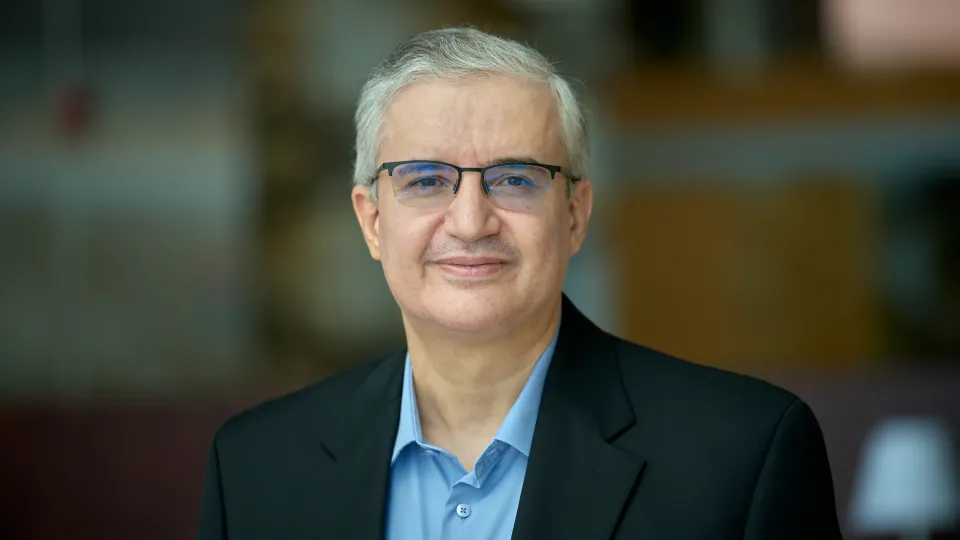
Qualcomm University - KAUST: Pushing the Frontiers of Innovation
Overview
Through strategic collaborations with Qualcomm, we are pioneering the future of robotics, AI, XR, and IoT solutions. Here’s an inside look at our transformative projects, highlighting not just the technical achievements, but the significant impact they aim to create across industries and society.
1. Autonomous Robots Powered by Edge Computing
Lead: Prof. Shinkyu Park
Platform: Qualcomm RB5 for Robotics
Autonomous underwater vehicles and racing robots often operate where high-speed communication links are unavailable. By embedding Qualcomm’s RB5 platform into these robots, we are enabling them to process complex sensor data like stereo images and IMU readings onboard in real time. This advancement allows safe navigation in critical scenarios like underwater exploration and high-speed racing. The project also serves educational purposes, empowering students to work with industry-grade technology through robotics courses and a student-led autonomous racing club.
Impact: Future-proofing autonomous systems to operate independently in extreme conditions, while also inspiring and equipping the next generation of roboticists.
2. On-Device Language and Vision Inference for XR Applications
Leads: Prof. Ivan Viola and Prof. Gianluca Setti
Platform: Qualcomm AR/VR Headsets
This project envisions a future where XR devices are fully autonomous, running speech recognition, language modeling, and video understanding directly on the device without relying on the cloud. By porting prototypes to Qualcomm XR hardware, our goal is to enable applications such as real-time environmental descriptions for visually impaired users.
Impact: Breakthroughs in real-time, privacy-preserving XR experiences will unlock transformative use cases in healthcare, education, and assistive technologies, making digital environments more accessible and intelligent.
3. Federated UAV-based Semantic Segmentation for Efficient Communication
Lead: Prof. Tareq Al-Naffouri
Platform: Qualcomm Robotics RB5
Rather than transmitting large volumes of image data, UAVs perform real-time semantic segmentation at the edge to detect relevant features like corrosion, fire hazards, or leaks. Using federated learning and LoRA fine-tuning on Qualcomm’s RB5 platform, we dramatically reduce communication loads.
Impact: Essential for smart infrastructure monitoring in oil, gas, agriculture, and emergency rescue, this technology offers a sustainable and cost-effective solution for remote and large-scale field operations.
4. Robotics for Data Collection from Low-Power Off-Grid IoT Deployments
Lead: Prof. Tareq Al-Naffouri
Platforms: Qualcomm Robotics RB5, Qualcomm Innovators Development Kit (QIDK)
In collaboration with NEOM and ARAMCO, this project reimagines how we gather data from IoT devices in power- and connectivity-scarce environments. By deploying robotic collectors (UAVs and rovers) that wake up IoT devices on-demand using wake-up radio (WuR) technology, we avoid battery drainage and unnecessary communication.
Impact: Revolutionizes environmental and industrial monitoring, offering a scalable, energy-efficient solution for preserving natural ecosystems and maintaining critical infrastructure, while paving the way for smart swarm robotics ecosystems.
5. AR/VR Solutions for Enhancing Pilgrim Experience at Makkah and Madinah
Lead: Prof. Tareq Al-Naffouri
Platform: Qualcomm AR/VR Headsets
Language barriers during the Hajj and Umrah pilgrimages often create logistical challenges for both pilgrims and escort staff. By developing AR/VR headsets capable of real-time ethnicity recognition and multilingual communication assistance, we aim to streamline crowd management and enhance pilgrims' experiences.
Impact: Elevates the spiritual journey of millions by breaking down communication barriers, increasing safety, and unlocking a massive new market for AR/VR solutions in religious tourism and broader hospitality services.
6. Edge AI for Lightweight Systems
Lead: Prof. Gianluca Setti
Platform: Qualcomm Innovators Development Kit (QIDK)
This project focuses on building lightweight AI models through model distillation and pruning techniques, ideal for deployment on edge devices. These advancements ensure AI can be run with minimal computational resources without sacrificing accuracy.
Impact: Democratizes AI deployment across countless IoT devices, enabling smarter, faster, and more sustainable solutions for industries ranging from smart homes to healthcare — while empowering students with real-world AI skills.
7. Multi-Sensor Fusion for Unmanned Vehicle Navigation
Lead: Prof. Gianluca Setti
Platform: Qualcomm AI Hub
To achieve truly autonomous navigation, this project integrates diverse sensors — cameras, IMUs, GPS, LiDAR — using advanced AI fusion algorithms. Real-world testing will follow simulation-based development, unlocking the next level of unmanned vehicle intelligence.
Impact: Paves the way for safer, more reliable autonomous systems in agriculture, logistics, disaster response, and smart cities, showcasing the transformative potential of AI-driven multi-sensor fusion.
Looking Ahead
At KAUST, these collaborative projects are more than just research endeavors — they are platforms for societal change, industrial transformation, and educational enrichment. With Qualcomm’s advanced technology, we are building a future where autonomous systems are smarter, devices are lighter and more capable, and global challenges are met with sustainable, intelligent solutions.
Stay tuned as we continue to push boundaries and turn ideas into impact.




